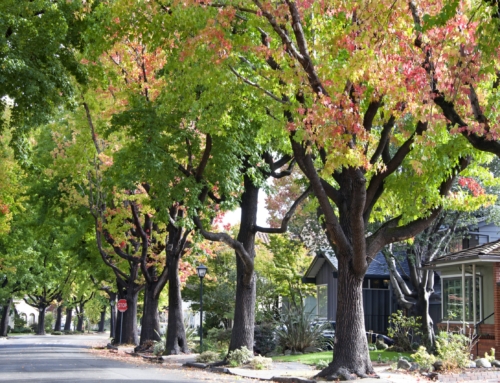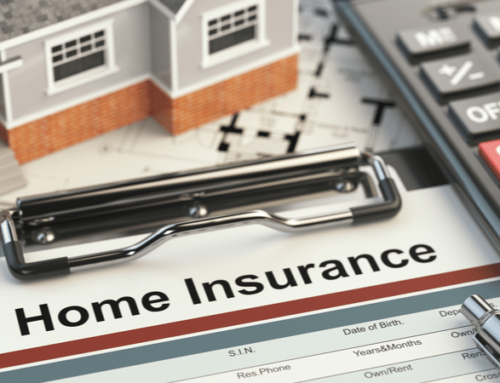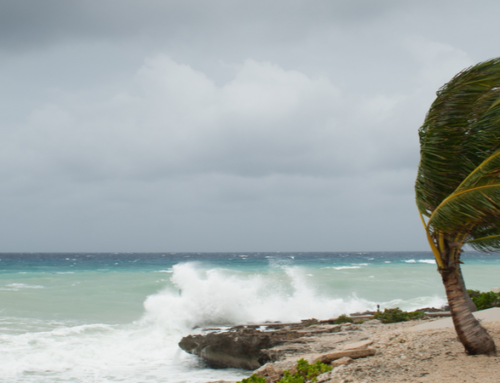As December approached without a major hurricane slamming into the U.S., property owners across Florida, the east coast and those communities on the Gulf of Mexico breathed a sign of relief.
But there were still 33 catastrophic events that cost insurers nearly $9 billion in losses, according to ISO’s Property Claims Services Unit (PCS). (ISO is a leading provider of insurance data, risk and claims information.) PCS also estimates that insurers received nearly 2.3 million claims for damage to personal and commercial properties and vehicles. Personal property and vehicle claims accounted for more than 90 percent of those claims.
So while it wasn’t the costliest year for insurers, it wasn’t the cheapest either. Homes were damaged by sweeping storms, tornados, fires, and flooding.
In the past 10 years, there have been 258 catastrophes, with insured losses of almost $170 billion. ISO defines a catastrophe as an event costing insurers more than $25 million in damages and affecting a significant number of homeowners.
That figure doesn’t include all of the uninsured damage from Hurricanes Katrina and Rita that devastated the Gulf coast 18 months ago. The Federal Government estimates damage caused by Hurricane Katrina to exceed $23 billion alone.
Since last year was relatively quiet, at least from the perspective of how much was paid out in claims, insurance companies took their profits and used them to bolster their resources in order to prepare for what is expected to be a higher level of hurricanes and tropical storms in the years ahead.
For homeowners and renters, those profits came in the form of elevated premiums, which jumped in many areas hardest hit by weather-related catastrophes.
According to the Insurance Information Institute (iii.org), a non-profit trade association, the average homeowner is expected to pay $776 for his or her homeowner’s insurance premium this year.
But while a 2006 Insurance Research Council poll found that 96 percent of homeowners had homeowners’ insurance (while just 43 percent of renters carried renters’ insurance), you’ve got to wonder if homeowners are buying enough of the right kind of insurance.
According to the National Flood Insurance Program (www.floodsmart.gov), flooding is America’s top natural hazard. Many homeowners are unaware that there is a 26 percent change of experiencing a flood during a 30-year period.
According to the Insurance Information Institute, in 2005 the average amount of flood coverage was $176,545 and the average premium was $453. The NFIP program limits coverage to $250,000, and charges a premium of about $400 per $100,000 of coverage.
But how much you pay depends on where you live. Flood maps have been redrawn in much of the country. The Federal Emergency Management Agency (FEMA) offers current flood maps at their Map Store (www.store.msc.fema.gov) or you can go to your local municipal building and see them. (FEMA says it is attempting to produce new digitized flood maps for hundreds of communities over the next five years. These new maps will reflect changes in floodplains caused by new development and natural forces.)
Currently, you can buy flood insurance from the National Flood Insurance Program through your insurance agent. If you don’t have an insurance agent, you can contact the NFIP toll-free at (800) 427-2419 or visit the FloodSmart.gov website.
For homes located in low to moderate-risk areas, NFIP is now offering a lower-cost flood insurance policy called the Preferred Risk Policy. This policy covers a home and contents for as little as $112 per year. Contents-only policies are offered to renters and business owners that lease their building, according to the FloodSmart.gov website.
If you have a more expensive home, you may want to talk to your agent about new flood insurance policies that are now being offered by private insurance companies.
Since January 1, 2007, we’ve seen record warmth in the Midwest, several horrifying ice and snow storms in the plains states, the destruction of most of the citrus crop in California, and snow in Malibu.
Betting that your home won’t flood might just be a bet you don’t want to take.






Leave A Comment